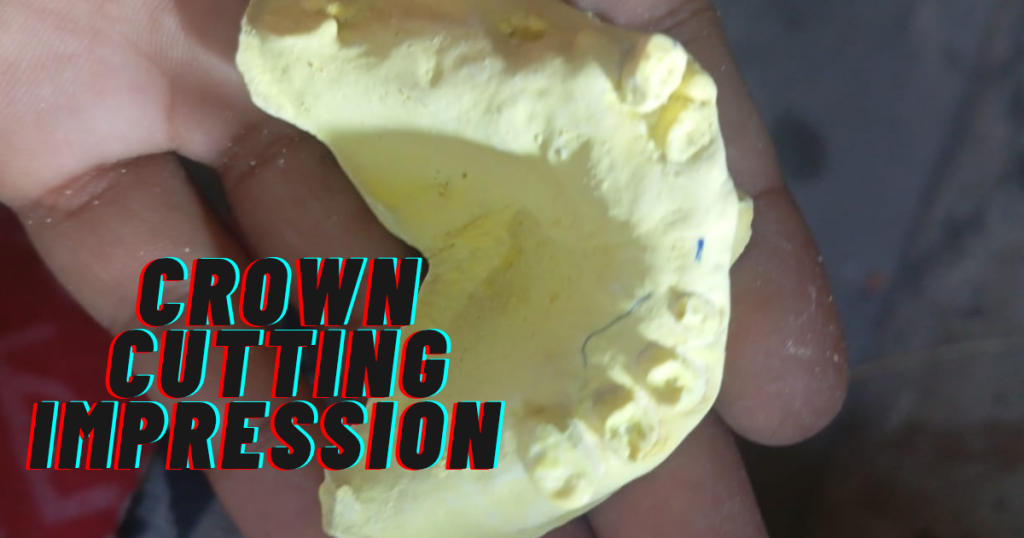Physical Address
304 North Cardinal St.
Dorchester Center, MA 02124
Physical Address
304 North Cardinal St.
Dorchester Center, MA 02124
Nervous about getting a dental crown but curious what the process really involves? The dental crown procedure is a tried-and-true way to restore a damaged tooth—whether from decay, a crack, or post-root canal—capping it with a custom-made cover that looks and feels natural, boosting both function and your smile’s sparkle. Typically spread over two visits, with minimal discomfort thanks to modern numbing and tech. In this clear, step-by-step rundown, we’ll detail what happens at each appointment, from prep to final polish, so you can walk in prepared and walk out grinning. Let’s demystify the journey to your stronger, healthier tooth.

Quick Overview: Why Get a Crown?
Crowns protect weak teeth, improve appearance, and restore bite strength. They’re ideal after large fillings or for cosmetic tweaks. Materials like porcelain, zirconia, or gold vary in durability and looks—your dentist picks based on location and needs. With same-day options like CEREC, some skip the wait altogether.
Visit 1: The Preparation Appointment
This kicks off with an exam and X-rays to check the tooth’s health. Your dentist numbs the area, reshapes the tooth by removing enamel (about 2mm), and clears any decay.They take impressions or digital scans for the lab to craft your custom crown. A temporary crown goes on to protect the tooth—expect this visit to last 1-2 hours.
What Happens Between Visits
The lab fabricates your crown, usually taking 1-3 weeks. Stick to soft foods, avoid sticky stuff, and brush gently around the temp to keep things clean. If it loosens, call your dentist right away—no DIY fixes.
Visit 2: The Placement Appointment
Back in the chair, they remove the temporary and test-fit the new crown for bite and color match. Adjustments happen on-site if needed, then it’s cemented or bonded in place. A quick polish, and you’re done—often under an hour. Numbing might be used again for comfort.
Aftercare Essentials
Treat it like your natural tooth: brush twice daily, floss, and use mouthwash. Skip hard candies or nail-biting to avoid chips. Schedule check-ups every six months—crowns last 10-15 years with good habits. Watch for sensitivity; it usually fades in days.
Costs and Insurance Tips
In 2025, crowns average $800-$2,500 without insurance, depending on material—porcelain hits $800-$2,000, while metal starts at $500.Many plans cover 50% for restorative needs; check for in-network dentists or financing like CareCredit to ease the bill.
Potential Side Effects and When to Call
Mild soreness or sensitivity is normal post-prep, but swelling, severe pain, or a loose crown means get checked ASAP.Rare allergies to materials can occur—discuss options upfront.
FAQs About the Dental Crown Procedure
How painful is it?
With numbing, it’s mostly pressure, not pain—ibuprofen handles any after-soreness.
Can I eat right after?
Wait until numbness wears off to avoid biting your cheek; start soft.
What’s the difference from a filling?
Fillings plug holes; crowns cover the whole tooth for bigger damage.
Are same-day crowns as good?
Yes, they’re durable and convenient, using digital milling—no lab wait.
How do I choose materials?
Front teeth? Go porcelain for looks. Back? Zirconia for strength—chat with your dentist.
Wrapping up the dental crown procedure steps, it’s clear this two-visit fix is a reliable way to rescue a damaged tooth—turning potential pain into a durable, natural-looking upgrade that lets you chew, smile, and live confidently without second thoughts. From the initial prep to that final secure fit, knowing what to expect makes the whole thing feel approachable and worthwhile. If you’re eyeing a crown for yourself, grab some time with your dentist to chat details.